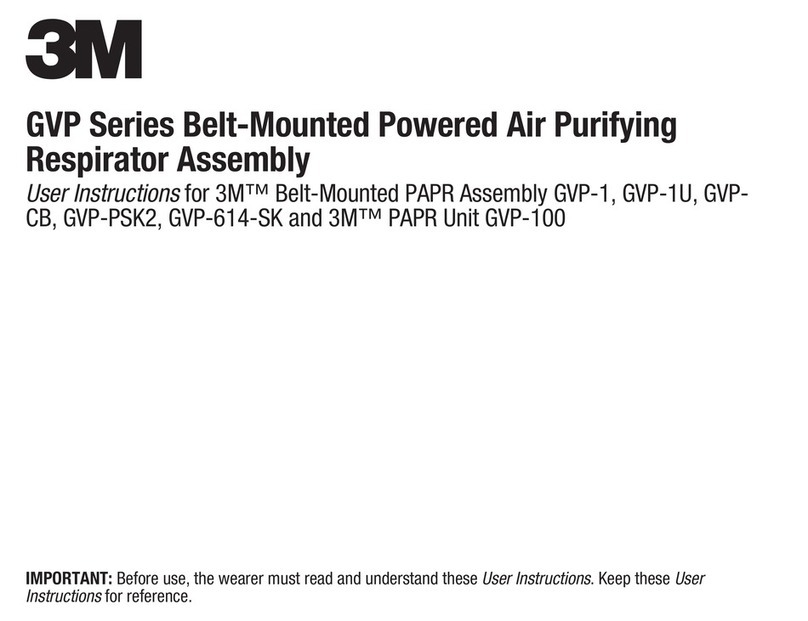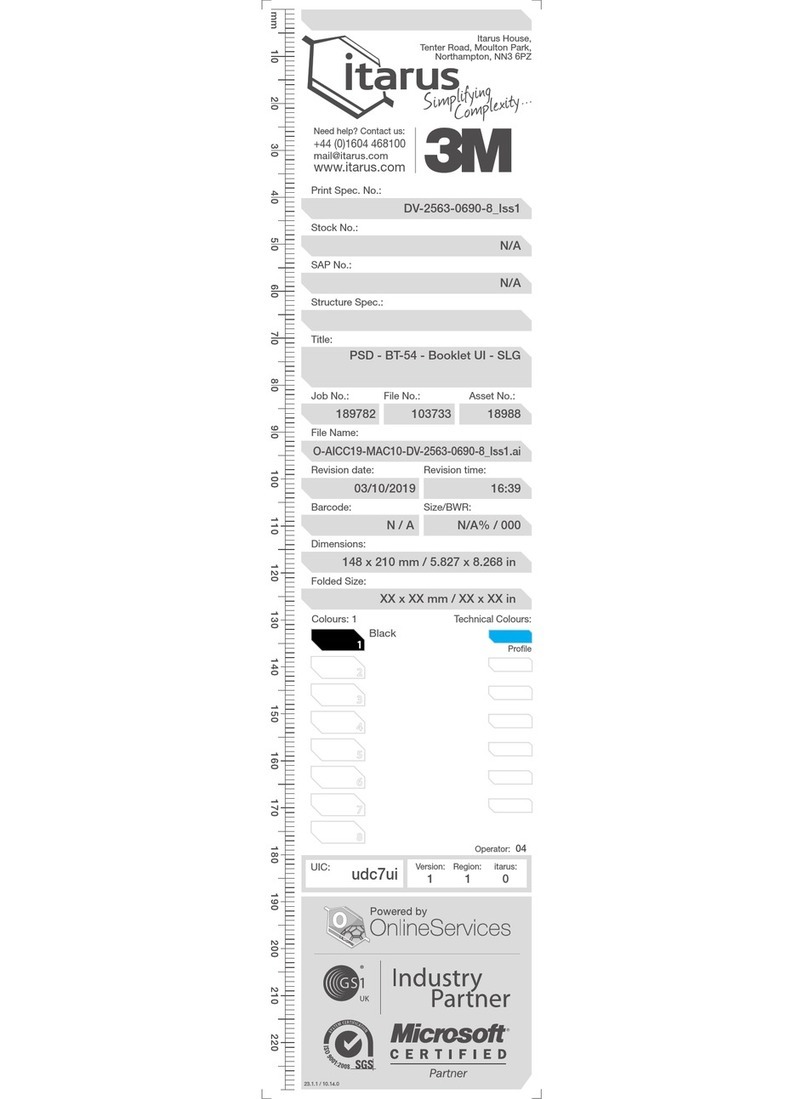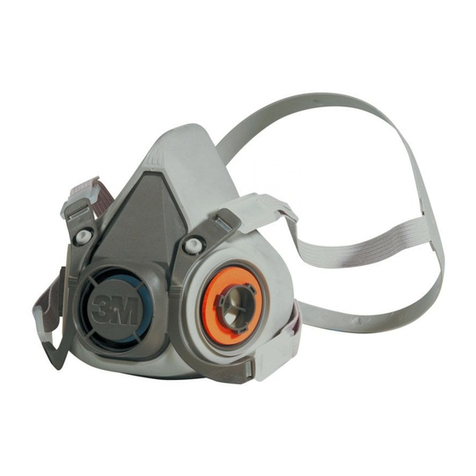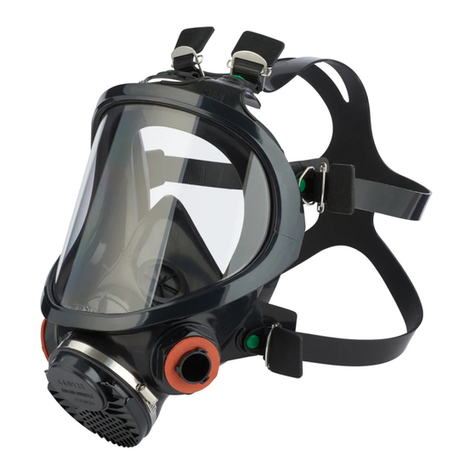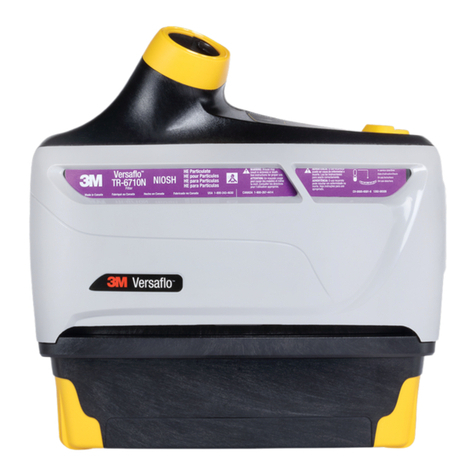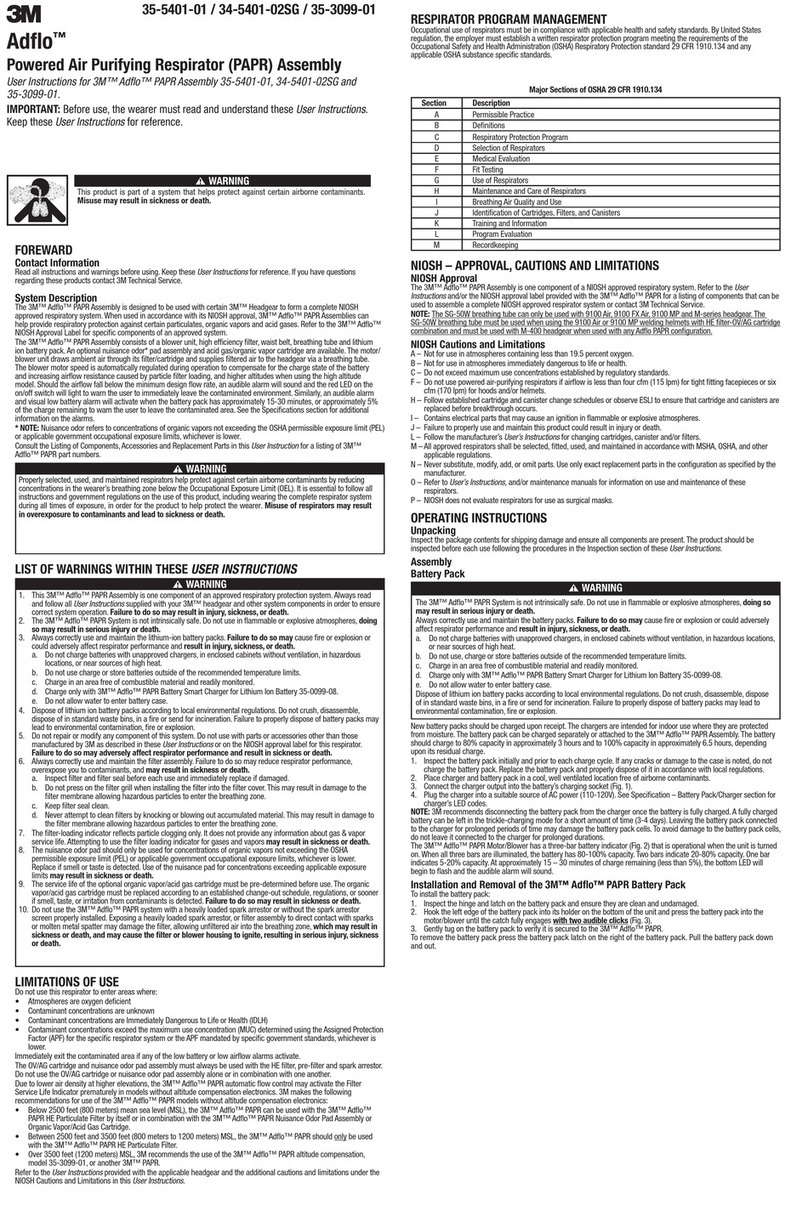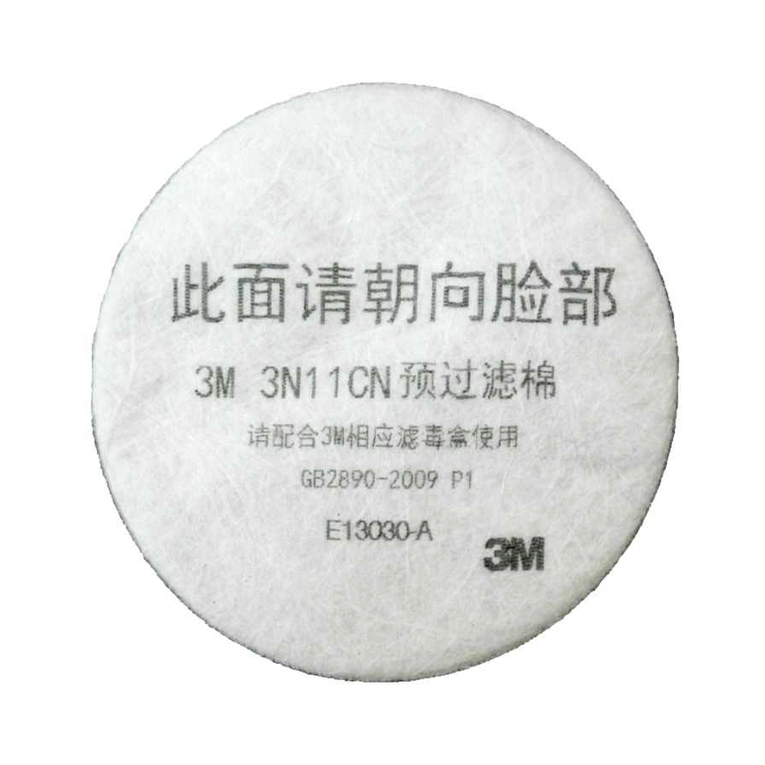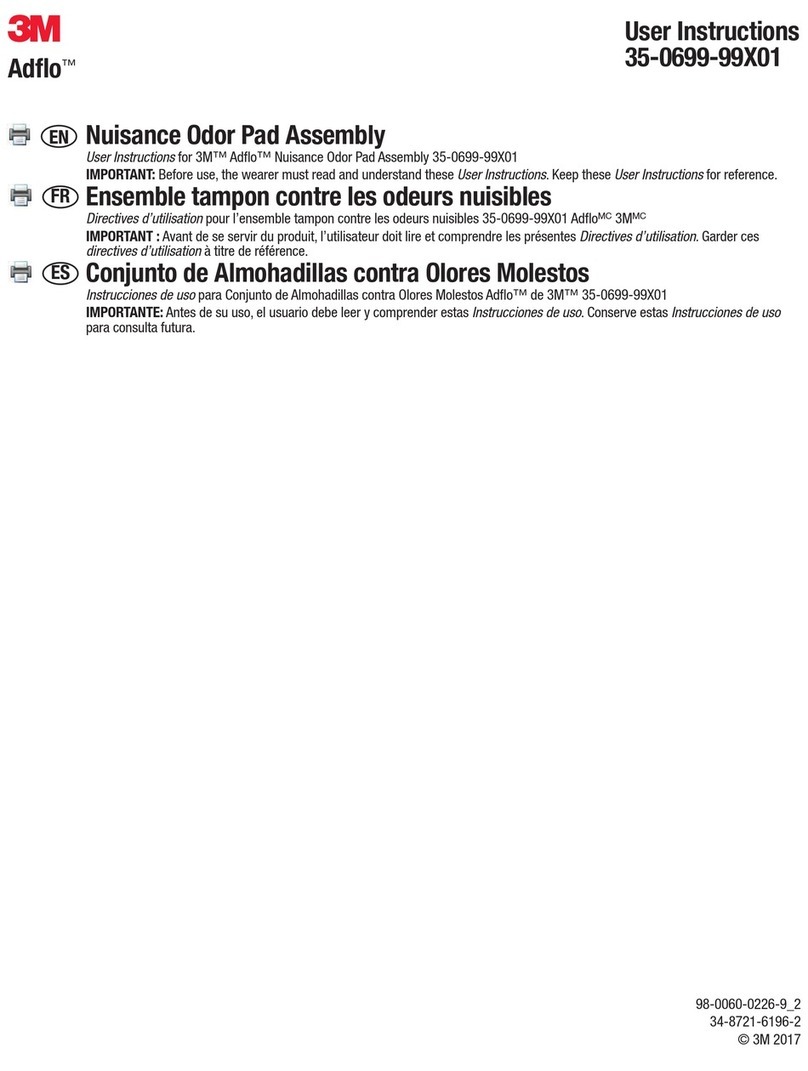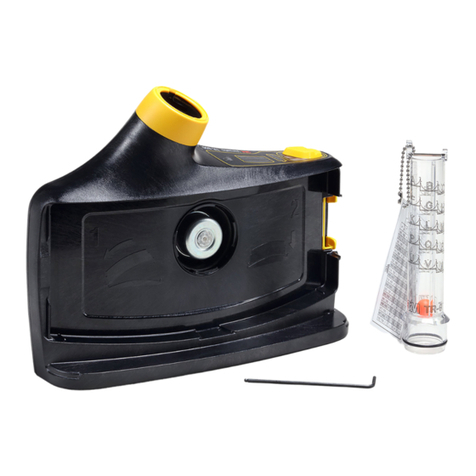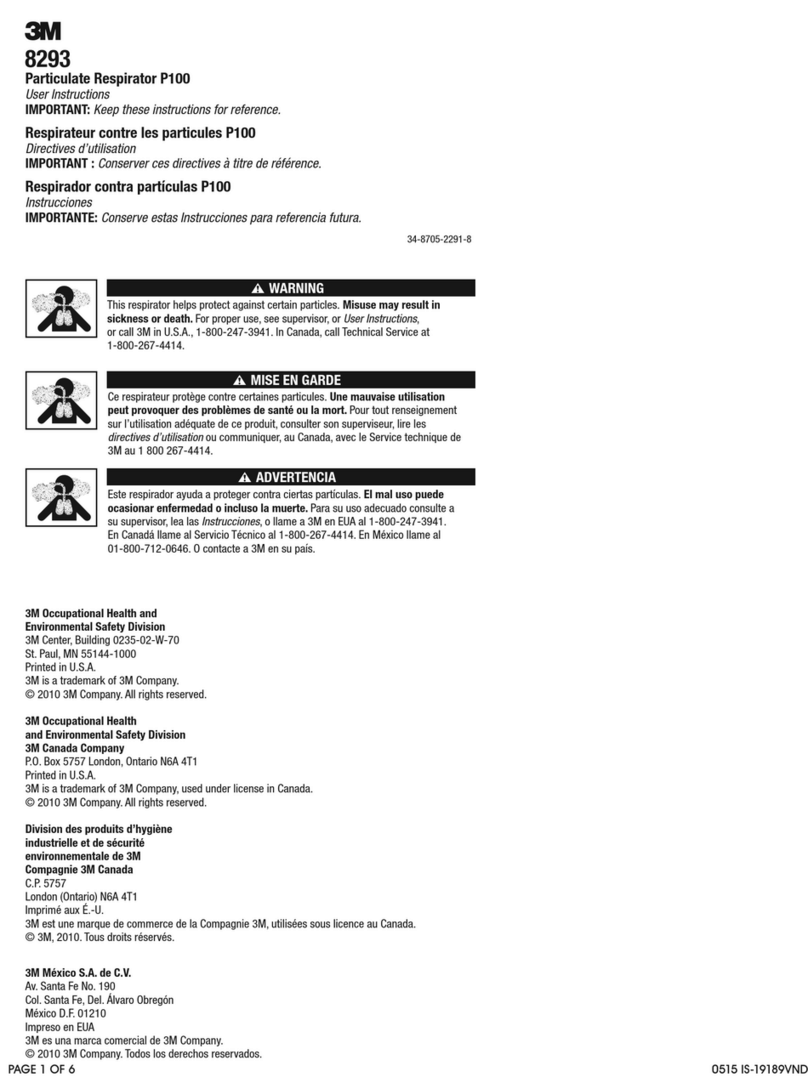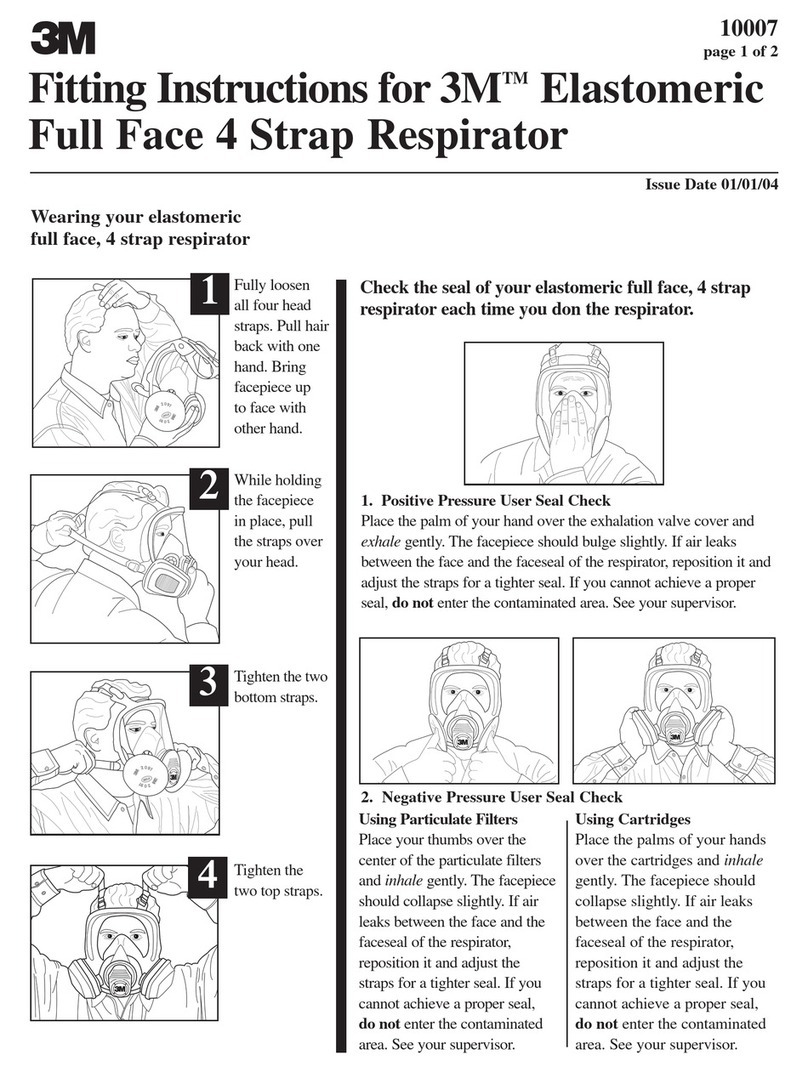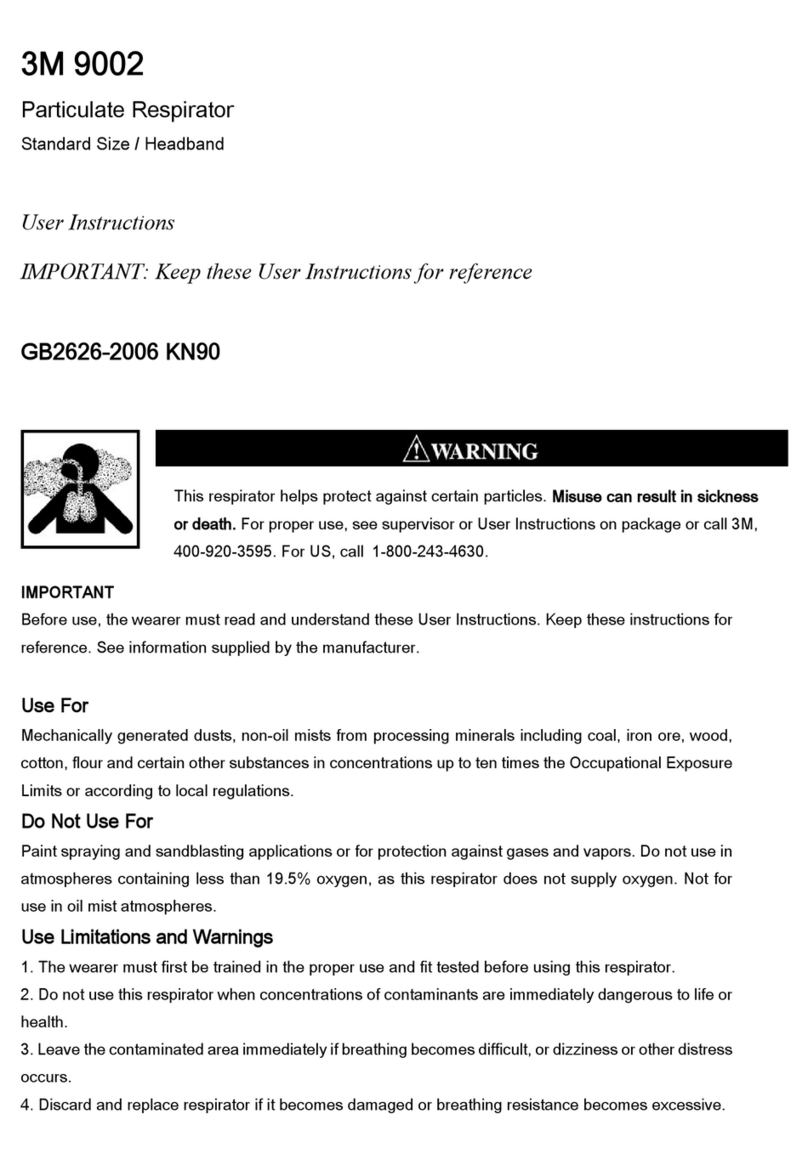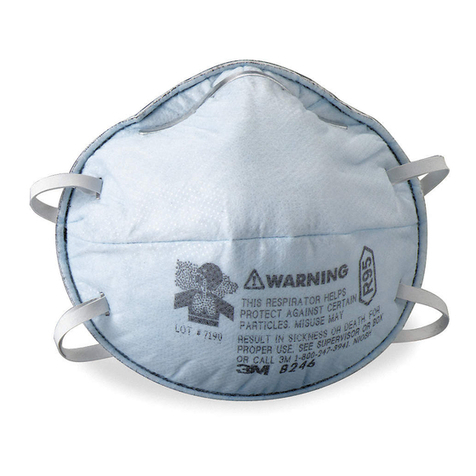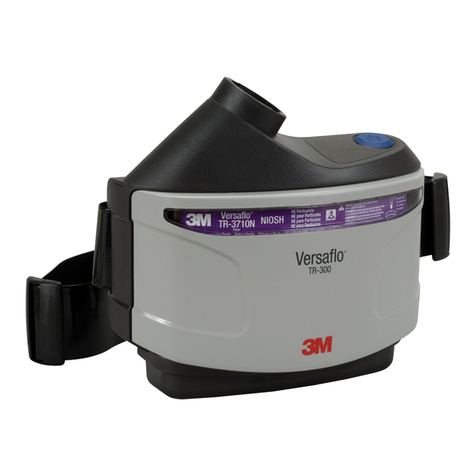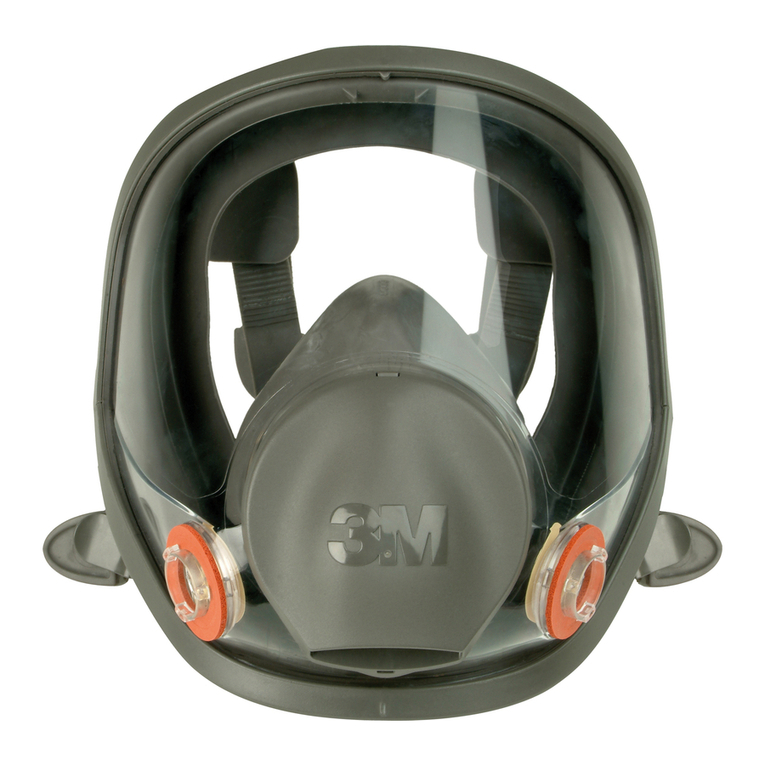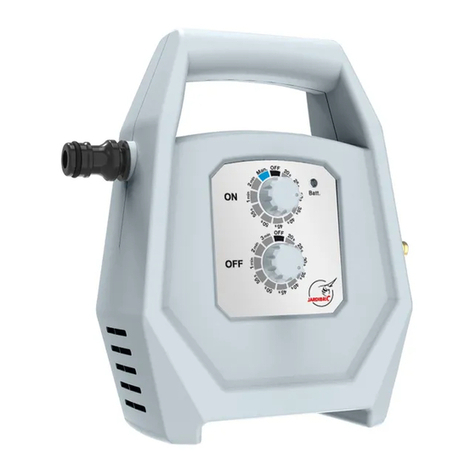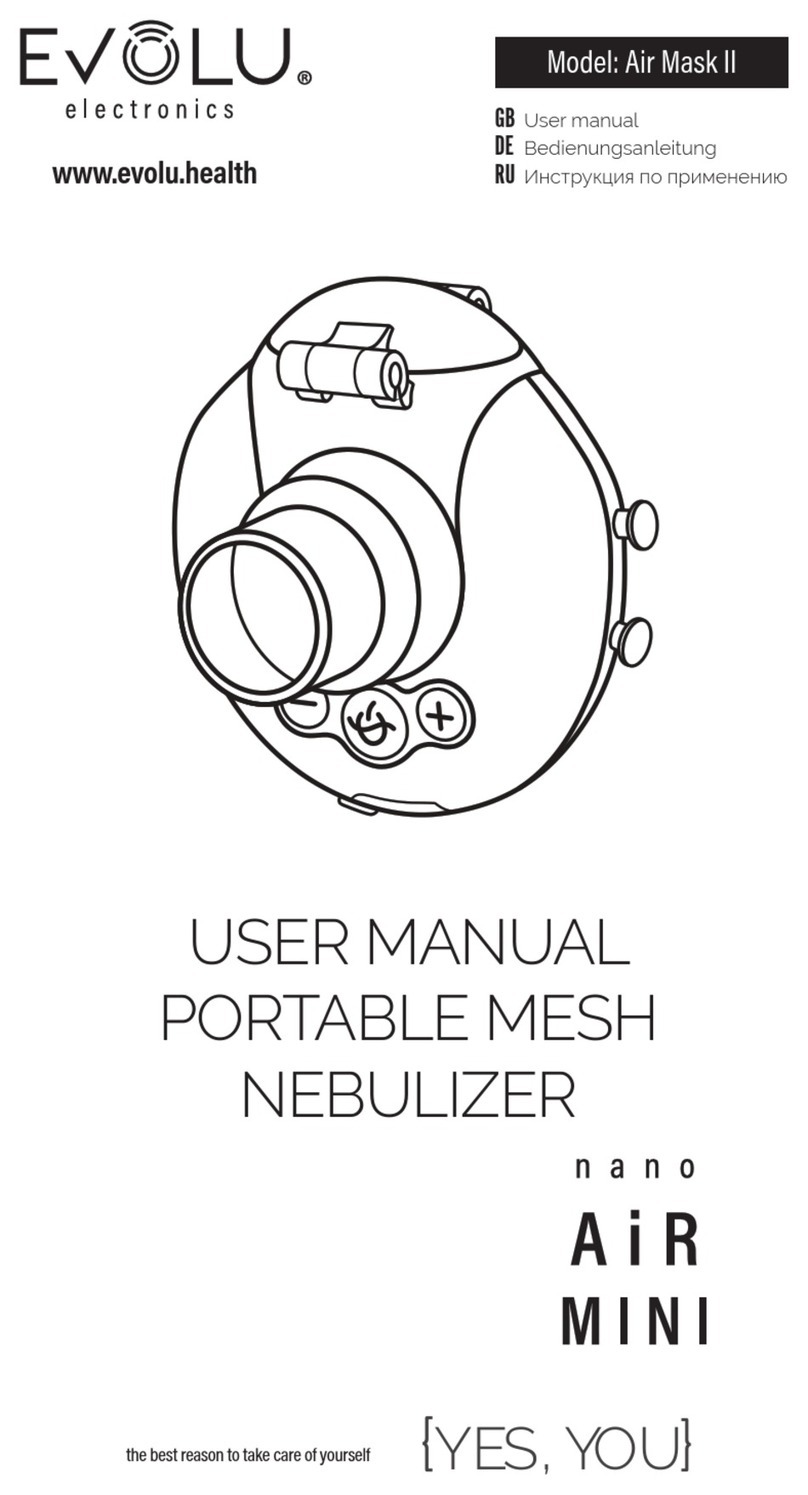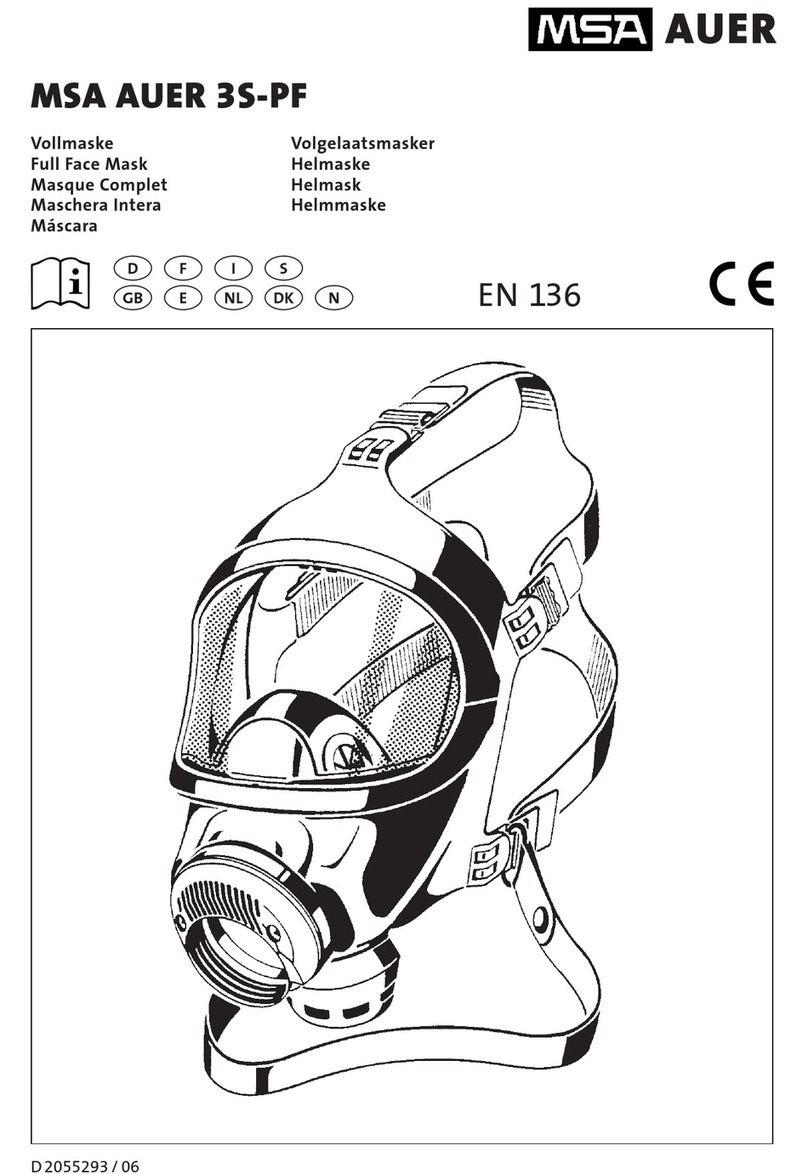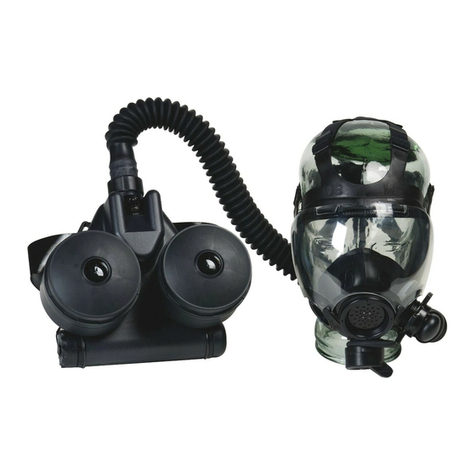
P/N 595360-01 Rev G 202004 3
Contents
About This Manual ...................................................................................................................... 5
Intended Readers........................................................................................................................................5
How to Read This Manual ........................................................................................................................5
Warnings, Cautions, and Notes .......................................................................................................5
Before You Begin ........................................................................................................................................6
Maintenance and Repairs ..................................................................................................................6
Respirator Testing ...............................................................................................................................6
Retirement Criteria and Considerations ........................................................................................ 7
Safety Information ...................................................................................................................... 9
All 3M Scott Fire & Safety Products......................................................................................................9
3M Scott Air-Pak SCBAs..........................................................................................................................9
Chapter 1 Inspecting the Respirator ............................................................................................................11
Before You Begin ....................................................................................................................................... 11
Inspecting the Respirator Components...............................................................................................12
Performing a General Inspection ...................................................................................................12
Inspecting the Breathing Air Cylinder .......................................................................................... 13
Inspecting the RIC/UAC Connection .......................................................................................... 14
Inspecting the Facepiece ................................................................................................................ 15
Inspecting the Regulator ..................................................................................................................17
Performing Operational Testing............................................................................................................ 19
General Testing .................................................................................................................................. 19
Testing the Regulator ...................................................................................................................... 20
Testing the Heads-Up Display ........................................................................................................21
Testing the Sensor Module Lights ................................................................................................23
Testing the Batteries .........................................................................................................................24
Chapter 2 Soft Goods Assembly & Disassembly ..................................................................................... 25
Detaching the Shoulder Harness and Waist Pad..............................................................................25
Attaching the Shoulder Harness and Waist Pad...............................................................................32
Chapter 3 Cleaning & Storing the Respirator ............................................................................................41
Before You Begin ...................................................................................................................................... 41
Cleaning the Respirator...........................................................................................................................42
Cleaning the Facepiece ...................................................................................................................42
Cleaning the Mask-Mounted Regulator ..................................................................................... 44
Cleaning the Shoulder Harness and Waist Pad .........................................................................47
Spot Cleaning the Shoulder Harness and Waist Pad ........................................................................... 47
Machine Washing the Shoulder Harness and Waist Pad .................................................................. 48
Drying the Shoulder Harness and Waist Pad......................................................................................... 49
Storing the Respirator............................................................................................................................. 50
Chapter 4 Replacing Batteries ......................................................................................................................51
Before You Begin ...................................................................................................................................... 51
Replacing Batteries in Respirators with PASS................................................................................... 51
P/N
Rev G
202004
